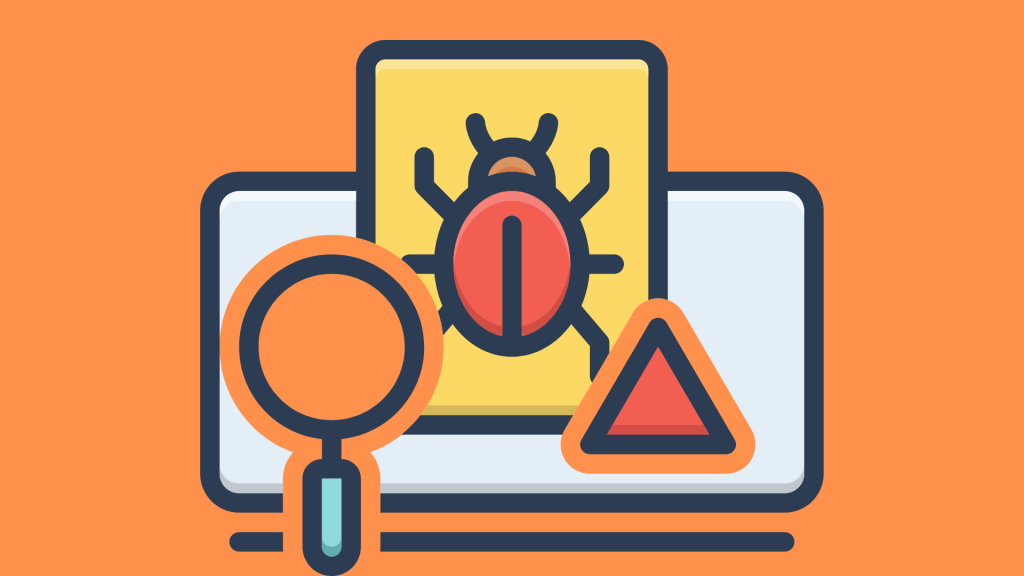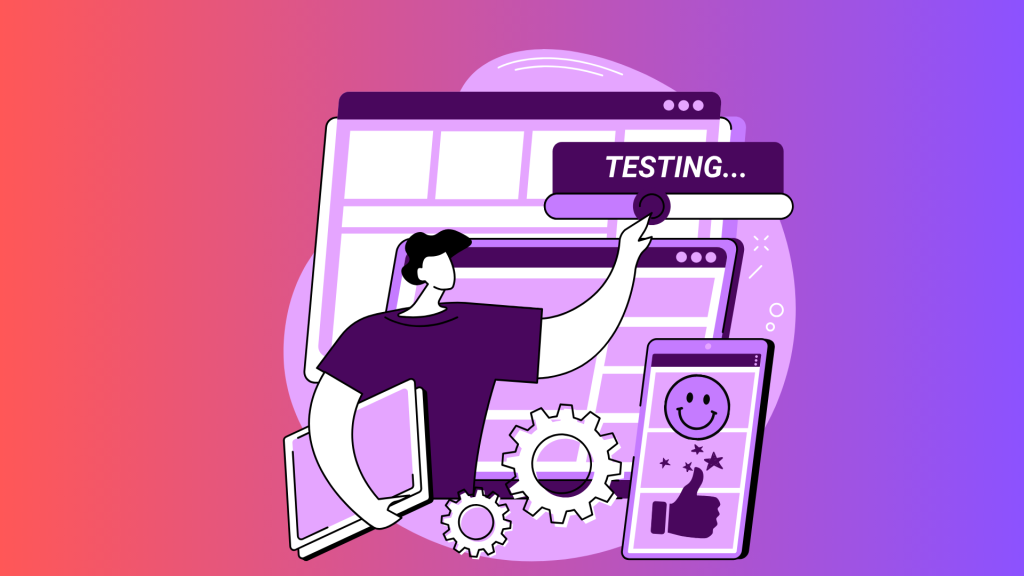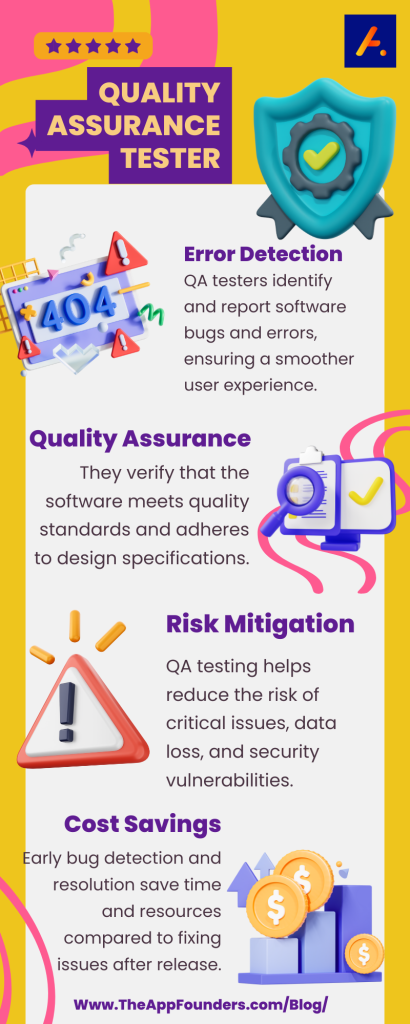





Listed among top-rank
service providers

Top App Developers in USA

Top Blockchain Development Companies in USA

Most-Trusted Android App Development Companies
Unlock the full article with just a tap on the play icon. Let’s dive in!
Ever wondered why software development teams need someone called a “Quality Assurance Tester”? Well, you’re about to find out.
In this guide from The App Founders‘ experts, the importance of having a Quality Assurance Tester will be discussed in detail. After reading this guide, you will have a clear answer to why you need a quality assurance tester for a software development team.
Read Also:
Business Development Specialist: What Is It? and How to Become
Imagine building a puzzle, but you have lines of code instead of pieces. Software development is a bit like that.
Teams of talented individuals work together to create programs, applications, and websites that make our digital world go around. However, as with any intricate puzzle, there’s a potential for pieces to be misplaced or not fit quite right.
That’s where our Quality Assurance Tester (QA Tester for short) is equipped with unique skills and tools. They ensure the software runs smoothly, and here is how, similar to how mobile app maintenance ensures the longevity of mobile applications.

Bugs – not the creepy-crawly kind, but the errors and glitches that can sneak into software. These can range from minor inconveniences, like a button that doesn’t respond when you click it, to major crashes that could bring the whole system down.
A skilled QA Tester carefully examines the software, much like the methods to increase your business productivity through mobile apps, testing every nook and cranny to spot these bugs before they become real issues. They use different devices, browsers, and operating systems to ensure the software works well for everyone.

Think about your favorite app or website. What makes it your favorite? It’s probably because it’s easy to use and understand. QA Testers play a vital role in making sure that software is user-friendly.
They check if buttons are in logical places, if menus make sense, and if the instructions are as clear as a bell, ensuring top trends of enhancing user experience in 2023 are met. This ensures that you don’t need a Ph.D. in computer science to figure it out when you use a program.

In the digital world, countless devices, browsers, and operating systems exist. What works perfectly on one might not work the same way on another. That’s where compatibility testing comes into play.
QA Testers examine how the software behaves on various setups – from phones and tablets to web browsers and computer systems, addressing issues like mobile device fragmentation and its impact on business. They ensure that the software works smoothly whether you’re using a brand-new smartphone or an old desktop computer.

Have you ever used software that felt sluggish, took forever to load, or ate up all your device’s memory? It’s not a pleasant experience. QA Testers ensure that the software runs efficiently.
They run tests to see how the software performs under different conditions. This includes checking if it’s speedy on a fast internet connection and if it doesn’t turn into a snail on a slower one.

Our personal information is precious, especially in today’s world where everything is digital. We want our data to be safe and protected when we use software. QA Testers have their eyes on data security.
They look for vulnerabilities that could be exploited by hackers or any way that your private information could be accidentally exposed, akin to the first step in developing an e-commerce security plan. Identifying and addressing these issues early on helps keep your data locked up, safe, and sound.

Here’s a fact: fixing problems after the software is launched is much more time-consuming and expensive than catching them before.
QA Testers save the day by finding issues in the early stages of development, which means developers can fix them before they spiral into costly nightmares, similar to how digital marketing tactics can prevent marketing strategies from failing.
Imagine you’re building a rocket ship. Would you rather find and fix problems on the Launchpad or when the rocket is soaring through space? Like rocket launches, software launches are smoother when QA Testers go through them first.

Have you ever heard people talk about a software product and say, “It’s so buggy,” or “It crashes all the time”? Not exactly the kind of Reputation a developer wants, right?
A QA Tester on the team ensures the software is reliable and works as intended. This makes happy users likelier to recommend the software to others, boosting the developer’s Reputation and success.

Imagine a software development team where everyone builds their part of the puzzle and hopes it all fits together. Chaos, right? QA Testers help avoid this chaos.
They act as bridges between different team members, ensuring that everyone understands what needs fixing and why. This communication is essential for a smooth development process.

QA Testers aren’t just there to find problems; they also help improve the software. They provide feedback to the development team, suggesting improvements and enhancements based on their testing experiences. This ongoing process of improvement keeps the software evolving and meeting user needs.

Imagine you’ve created a cool new app and want everyone to love using it. Well, that’s where a Quality Assurance Tester comes in with their user-friendly testing.
These smart folks don’t just look for technical issues; they act like regular users. They do this to ensure the software can handle all sorts of things people might do. For example, if it’s a game, they might play it like an excited gamer to see if anything goes wrong.
They check if buttons are easy to find if menus make sense to everyday folks (not just tech experts), and if the overall experience is smooth. In other words, they ensure the app is a breeze.

Read Also:
What Model Represents the Hierarchical Structure of a Google Analytics Account?
| Quality Assurance Tester: The Role Unveiled | Benefits and Contributions | Essential Responsibilities |
|---|---|---|
| Bug Detection | – Skilled examination to detect errors and glitches. | – Testing every aspect to uncover and address bugs. |
| User-Friendliness Check | – Ensuring the software’s ease of use. | – Verifying clear instructions and logical layouts. |
| Compatibility Testing | – Examination across devices and systems. | – Ensuring smooth performance in diverse setups. |
| Performance Optimization | – Ensuring software efficiency. | – Testing under varied conditions for performance. |
| Data Security & Privacy | – Vigilance in safeguarding user data. | – Identifying and fixing vulnerabilities. |
| Time and Cost Efficiency | – Early issue detection saves resources. | – Preventing costly problems post-launch. |
| Reputation Enhancement | – Ensuring reliable software builds reputation. | – Avoiding negative user experiences. |
| Communication Improvement | – Bridging communication gaps in teams. | – Fostering understanding among team members. |
| Continuous Software Enhancement | – Providing feedback for software improvements. | – Offering insights for ongoing enhancements. |
| User-Centric Testing | – Acting as regular users to ensure ease. | – Testing for intuitive, everyday user experiences. |
QA Testers work diligently behind the scenes to ensure that the software you use daily is reliable, user-friendly, and secure. Without them, our digital experiences would be filled with frustrations and uncertainties.
So, next time you click a button that responds instantly, navigate a website effortlessly or enjoy a bug-free app, remember the dedicated QA Testers who made it all possible, ensuring the transformation of enterprise through a mobile-first approach. Their role is not just important; it’s essential for delivering software that truly works for all of us.

Satisfied
Customers
Work hours
Work hours
customer
retention rate
All company logos and trademarks appearing on our website are the property of their respective owners. We are not affiliated, associated, endorsed by, or in any way officially connected with these companies or their trademarks. The use of these logos and trademarks does not imply any endorsement, affiliation, or relationship between us and the respective companies. We solely use these logos and trademarks for identification purposes only. All information and content provided on our website is for informational purposes only and should not be construed as professional advice. We do not guarantee the accuracy or completeness of any information provided on our website. We are not responsible for any errors or omissions, or for the results obtained from the use of this information. Any reliance you place on such information is strictly at your own risk.